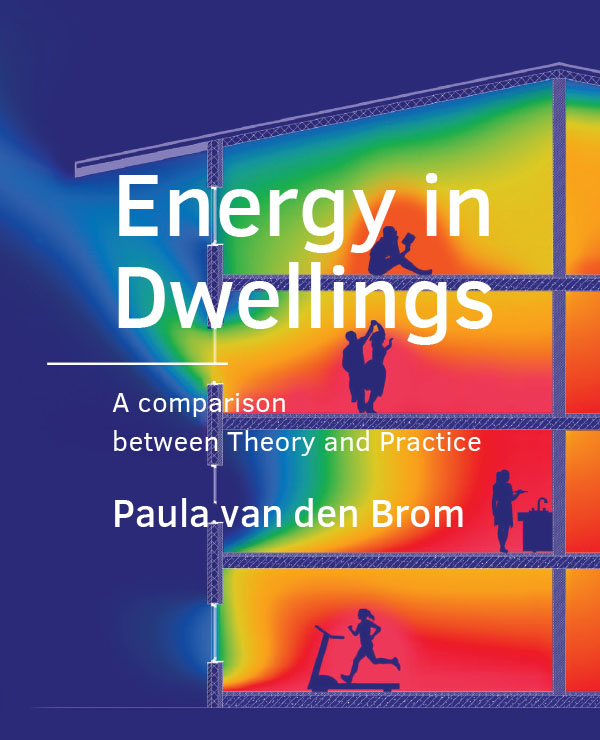Calibration of Energy Simulation Models on a Building Stock Level using Actual Energy Consumption Data
Making Building Energy Simulations a more Reliable Tool for Policymakers
Keywords:
Energy performance gap, actual energy consumption, calibration, reliable decision toolAbstract
Building energy simulation models are an important tool, not only in building design but also for policy making. Previous research has shown that there is a significant gap between actual energy consumption, and the energy consumption calculated by building energy simulation models. Many researchers, practitioners, and policymakers mainly impute this energy performance gap to occupant behaviour. One would expect this gap to be less at building stock level because occupant behaviour would be averaged. However, the performance gap is known to be high at a building stock level too, indicating a more structural problem in building energy simulation models. Being able to assess and predict correctly energy use in the building stock is essential to realize national and international energy saving targets. As actual energy consumption data at individual house level are becoming more often available or are registered by national bodies, this research introduces a method that uses actual energy consumption data and automatic calibration techniques to improve assumptions in building energy simulation models used to assess the whole building stock. Two types of models were tested; the first one being the steady state model used in NL in the framework of the EPBD, the other one being a dynamic model in EnergyPlus. The method was able to reduce the root mean square error of the energy performance gap by nearly 24% for the steady state simulation method, and by 27% for the dynamic simulation method, and, most important, the average energy performance gap in the sample (133 dwellings) as well as in the control group (180), disappeared almost completely. This method has the potential to make building simulation models a more reliable tool for policymakers.


